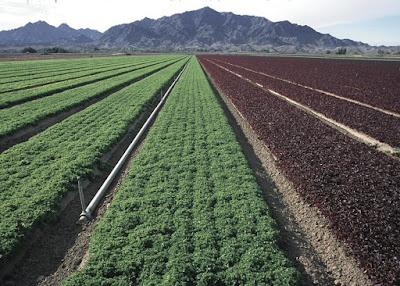With the cost of food being a large part of the budget for many
families these days, it makes sense to think about ways to lower that
cost. The home gardening can be a good
way to do so.
With a space of, say, 15 by 20 feet, one can grow the following
crops—as an example:
- · 100 onions—roughly 30-40 pounds; value $30-40; can plant early and late season crops
- · 10-12 green bean plants—25-30 pounds; value $45
- · Two rows of lettuce—value $20
- · Three rows of sweet corn---value $15-20
- · Four tomato plants—value $30-40
- · Two rows spinach—two plantings—early and late season—value $15-20 each time
The cost of the seed for these items should be about $25. Water costs will depend on the part of the
country where you live, but it should be around $20-30 for the season. Total
costs for seed, water, and a little fertilizer, should not be over $55-60.
So, based on two crops of onions and spinach, and the other listed
crops, a gardener can raise about $200 worth of food for a very modest
cost. Some of the produce, such as the
green beans, sweet corn, tomatoes, and spinach, can be frozen easily for eating
during the winter, when the costs of these items fresh in the grocery store are
typically higher than during the US growing season. Onions can be stored for 90 or more days in
a cool location so that they can be used during the late fall and winter.
Without question, gardening will save money for more folks who can
devote a little space, and a small amount of time, to the preparation,
planting, and watering, of the crops.
But gardening also serves larger purposes—it is good for the soul. It keeps us connected to the earth, and is a
relaxation from the every day stresses that many of us have to deal with.
Second, it gives the satisfaction of growing one’s own food, and the possibility of sharing that food with friends and neighbors. This is something that I have done for years, and the giving to others is the best part.
Second, it gives the satisfaction of growing one’s own food, and the possibility of sharing that food with friends and neighbors. This is something that I have done for years, and the giving to others is the best part.
For a beginning gardener, there is plenty of free advice from local
county gardening “extension agents,” who are usually part of the particular
area’s agricultural university, along with talking to fellow gardeners and
garden center personnel.
Give it a try; ultimately, the rewards are priceless.



